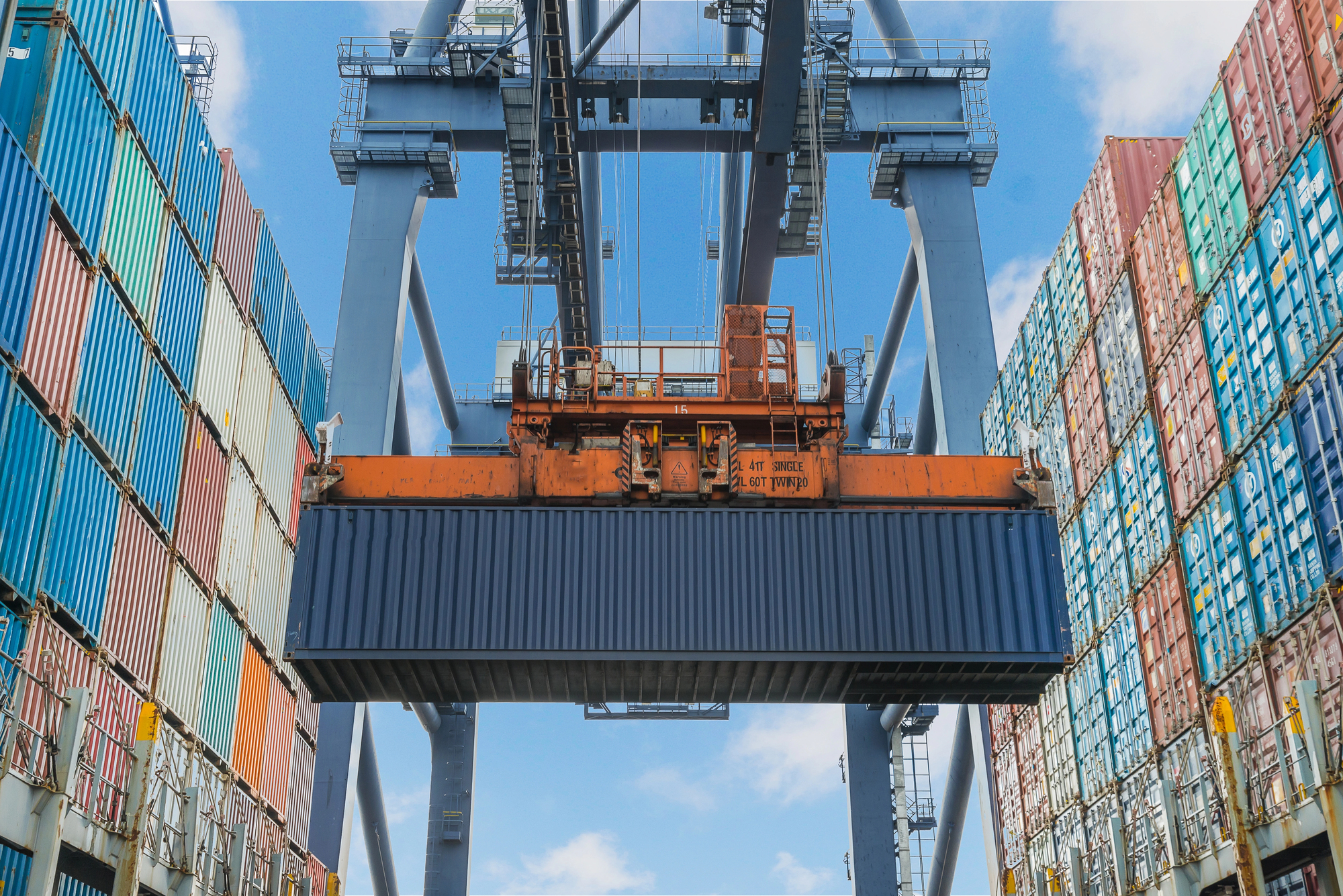When managing your supply chain, choosing the right storage solution can significantly impact your operational efficiency and costs. Two common options are port storage and standard warehousing—but how do they differ, and which is the best fit for your business?
At Port Storage & Delivery, we help companies understand these differences so they can make informed logistics decisions. Here’s a breakdown of port storage versus standard warehousing to guide your next move.
What Is Port Storage in Jacksonville?
Port storage refers to warehousing facilities located in close proximity to major seaports. These specialized facilities are designed to store containers and cargo that have just arrived or are awaiting export. The key advantage is their strategic location, which allows for quicker handling, easier access to customs, and reduced transportation costs.
What Is Standard Warehousing?
Standard warehousing typically involves storage facilities located inland, often near distribution centers or customer hubs. These warehouses handle a broad range of inventory management functions, including receiving, storing, picking, packing, and shipping goods over various transportation networks.
5 Key Differences Between Port Storage and Standard Warehousing
1. Location and Accessibility: Port storage facilities are situated near ports, reducing the need for immediate long-haul transport. Standard warehouses may be farther inland, requiring additional drayage or trucking to move goods from port to warehouse.
2. Turnaround Speed: Because port storage is near import/export hubs, cargo can be processed, consolidated, or distributed more rapidly—ideal for time-sensitive shipments. Standard warehouses focus more on long-term storage and order fulfillment.
3. Customs and Compliance: Port storage centers often have customs brokerage services, bonded warehouse capabilities, and TWIC-compliant staff, simplifying import/export clearance. Standard warehouses may not offer these specialized services.
4. Cost Structure: Port storage may come with higher per-square-foot costs due to the premium location but can save money overall by reducing transportation fees and demurrage charges. Standard warehouses might be less expensive per square foot but can incur higher inland freight expenses.
5. Services Offered: Standard warehouses often provide value-added services such as inventory management, kitting, and order fulfillment. Port storage focuses more on container storage, transloading, and staging cargo for final delivery.
Which Should You Choose?
If your supply chain demands quick turnaround from ocean freight, or if you want to minimize inland trucking costs and delays, port storage is a strategic choice. For businesses requiring complex inventory handling and nationwide distribution, standard warehousing may be the better option.
At Port Storage & Delivery, we offer comprehensive port storage solutions combined with expert handling and last-mile delivery. We work with you to create the right mix for your logistics needs.
Ready to Optimize Your Storage Strategy?
Understanding the differences between port storage and standard warehousing is the first step to improving your supply chain efficiency. Contact Port Storage & Delivery today to discuss how our port-centric storage solutions can reduce costs and speed up your cargo flow.

.svg)
.svg)



